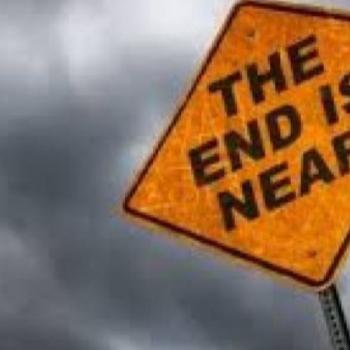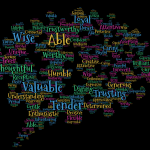From The Atlantic, by Alice G. Walton:
The days are growing shorter and colder in the Northern hemisphere. And some people are feeling gloomier. Seasonal affective disorder (SAD) is the seasonal depression that affects between six percent and 10 percent of the population generally during the winter months. Though many people may feel a bit blue during the short, cold days of winter, for others, the symptoms are more serious. SAD is a genuine form of depression and a recognized psychiatric disorder, with a specific symptom set and treatment requirements.
SAD can affect the sufferer in much the same way as clinical depression. Like depression, seasonal affective disorder can range from mild to severe. It appears to be much more common in higher latitudes than in lower ones and is more common in North America, where the prevalence is higher than in other parts of the world, and twice as high as in Europe.
Seasonal affective disorder can make life extremely unpleasant for the sufferer, but the good news is that it is treatable. Though the symptoms of SAD tend to go away during the warmer months of the year, there’s no reason to suffer from it if you don’t have to….
Though it might seem intuitive that the cause of SAD might simply be the cold temperatures and relative restriction in the types of activities that one can do outside in Northern climates, it’s actually more likely that SAD has to do with the lack of light in winter months. When days get shorter, we are exposed to much less natural light, which can affect levels of the neurotransmitters (brain chemicals) involved in mood and depression….
Because SAD involves more than one system in the brain (the light-mediated clock and the serotonin network), treatments tend to target one or the other. Tandem treatments are sometimes recommended for SAD and may be more effective than a single method by itself. Light therapy, antidepressant medications, and psychotherapy are all used to treat SAD. It is important to speak with your doctor about which treatment method is right for you, based on the severity of your SAD, health status, and the side effects of the treatments….
If your basic level of functioning is impaired by seasonal affective disorder, you owe it to yourself to seek treatment. If you feel sad, fatigued, or hopeless in the winter months, there’s no reason to wait for the spring. Medication, light therapy, and psychotherapy can be very effective in bringing balance back to one’s mood and daily rhythm.
For mild cases of SAD, it can be beneficial to look into home remedies, like eating a healthful diet, taking part in activities to de-stress and re-energize, and exercising, which has been shown to be an effective treatment for non-seasonal depression. Being outdoors for as little as 20 minutes a day has been shown to boost mood significantly.
Just as with non-seasonal depression, SAD can be debilitating when it is severe, so it is important to get help if you are affected. While the warmer months and longer days may lift the symptoms eventually, there is no reason to suffer through another winter.















